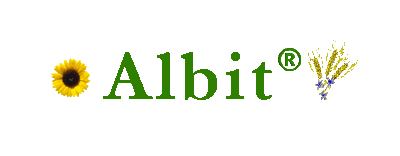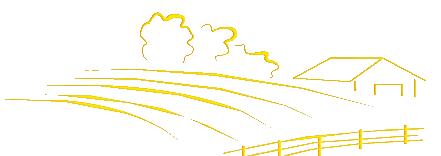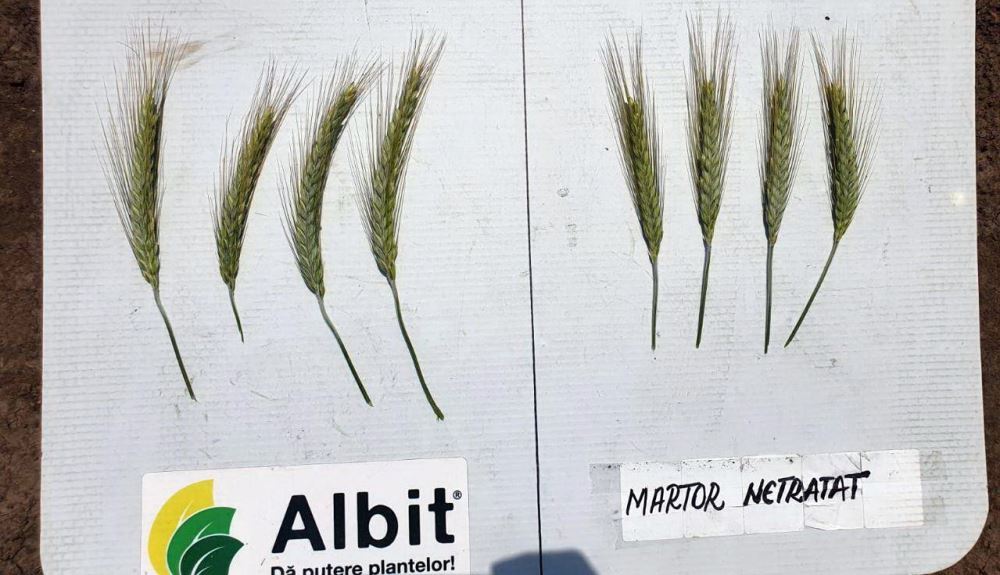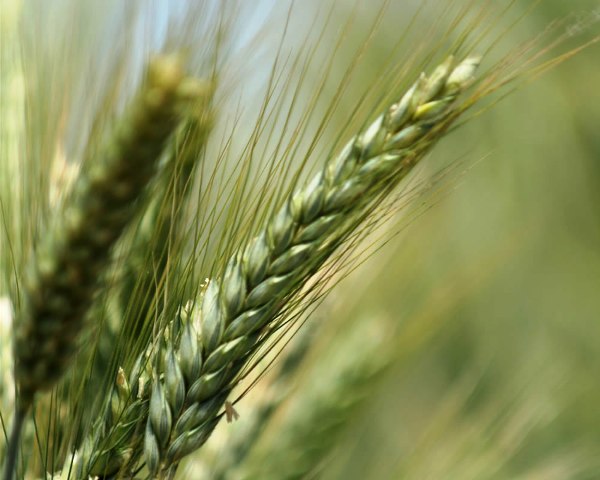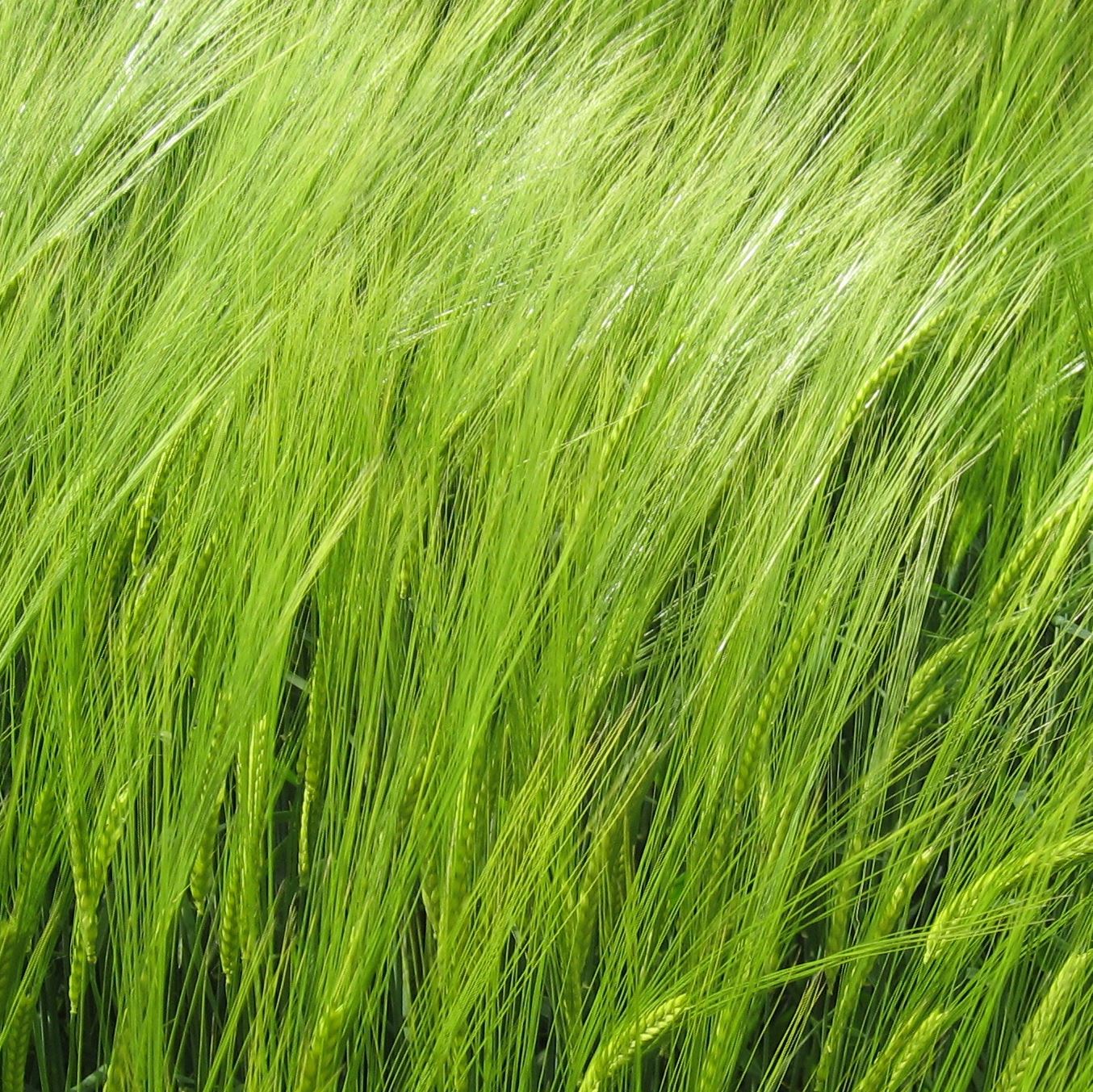|
|
Materials used in this chapter are sourced from the book ‘Biostimulant Albit for increasing yields and protection of crops against diseases,’ A.K. Zlotnikov, Ed. Prof. Ŕ. Melkumova. All-Russian Institute of Plant Protection, Russia, 2006.
Fig. 1. Field of spring barley on the farm Zihelsky Statek, a.s. (Czech Republic, 2010): 1 – control, 2 – Albit treatment. The yield increase in Albit group was 37.1% (3.5 tonne/ha in control, 4.8 tonne/ha with Albit)
Albit has a 14–100% biological efficacy against root rot of cereals; 14–94% against black helminthosporium, 21–100% against septoria leaf spot, 20–91% against brown leaf rust, 21–96% against powdery mildew, 10–60% against loose smut, 10–70% against common bunt, 50–87% against stem rust, 20–94% against net blotch. Application method. Seed treatment with Albit helps protect plants from root rot, increases germination, stimulates development of a powerful root system, enhances tillering, and is the foundation of a future high yield (Fig. 2). The results of phytoexamination advise to use Albit together with the minimum rate of a chemical seed treatment agent for pre-sowing treatment. This combination makes it possible to significantly reduce the cost of treatment while maintaining the protective effect. We recommend the application rate of 40 ml/t (100 ml/t to resist the phytotoxic effect of protectants and other stresses), working solution 10 l/t. 1 litre of Albit is used for pre-sowing treatment of 10-25 tonnes of grain seeds sown on an area of 40 to 100 hectares. Consequently, from 1 to 2.5 litres of Albit is applied to every 100 hectares during the pre-sowing treatment of cereals.
Fig. 2. The effect of pre-sowing seed treatment with Albit on the development of the triticale spikelet grown in the field. Left – Albit treatment, right – control (Timis, Romania, 2020)
To learn more about using Albit for seed treatment of winter cereals, go here. Treatments during the growing season enhance the growth of secondary roots, allow for better protection of plants from aerogenic diseases (brown rust, powdery mildew, Septoria leaf spot, etc.), relieve the stress of pesticide treatments, increase heat and drought resistance of plants, accelerate the growth and maturation phases, promote the formation of additional grains in a spikelet. We recommend spraying crops with Albit during tillering–inflorescence emergence and heading–flowering stages. The application rate of Albit is 30–40 ml/ha, working solution 300 l/ha. One litre of Albit is enough to apply to 25 to 33 hectares of grain crops during the growing season. 3–4 litres of Albit are applied per 100 hectares. To fight leaf infections, Albit should be applied in the early stages before the external signs of the disease appear. In sprays, Albit can be combined with liquid fertilizers, fungicides, herbicides or insecticides. In practice, Albit treatment showed high effectiveness in combination with herbicides when applied at the tillering stage of winter wheat (Fig. 3) and barley. Plants weakened by overwintering, root rots and herbicidal stress respond to Albit with a significant increase in yield, which under production conditions can reach 1 tonne/ha. Accelerated growth of winter cereals before going into winter can lead to their overgrowth and damping, therefore, we normally recommend spraying crops with Albit after winter.
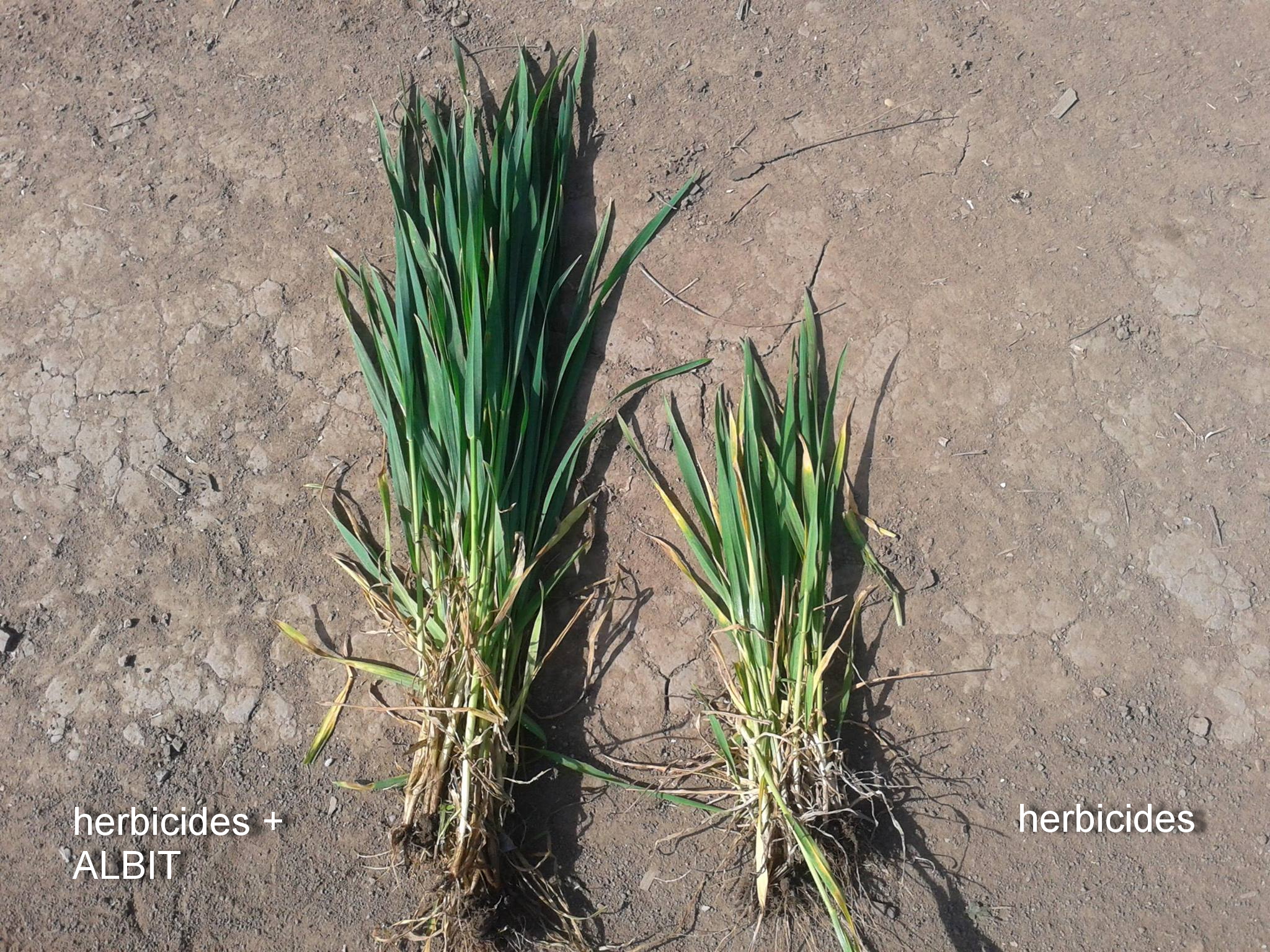 Fig. 3. Albit relieves herbicidal stress of winter wheat. Plants treated with herbicide (right) and tank mix of herbicide + Albit (left) (Marius Olteanu farm, Constanta, Romania, 2016)
It is known that the use of herbicides has a distinct stressful effect on cereal crops. As a result of herbicidal stress, there is often no increase in yield at all after the application of herbicides on spring wheat and barley, i.e., this technology is not economically justified. But the weeds still have to be controlled! A more effective approach requires an intensive mechanical soil cultivation, selection of appropriate precursor crops (rye, rapeseed). But the most effective solution is to use anti-stress agents, such as Albit, together with herbicides. This combination provides a guaranteed increase in yield without excluding herbicide treatments of cereals. In addition, herbicidal treatments lead to a decrease in plant immunity, making them more susceptible to aerogenic infections, which in turn requires additional protective fungicidal treatments. Using Albit as an active immunizer together with herbicides removes this negative effect, allowing to stop the use of expensive fungicides. In the case of a high rate of disease development, when the use of a fungicide is necessary, an option is to apply Albit with half a rate of fungicide, which will yield similar effectiveness and be cost-efficient. Of all growing season treatments, the first one is of the greatest importance (in the tillering stage). The second treatment can be conducted additionally, mainly to improve the quality of the crop, and it must be preceded by an earlier treatment (pre-sowing or first spraying). Pre-sowing seed treatment has a greater effect on the yield than on the quality of the crop, and growing season treatments are more effective to increase the gluten content. In this regard, the treatment of wheat at the boot stage with Albit in combination with an insecticide (against the shield bug) and urea is especially effective. The trials for this treatment are carried out in the southern regions of Russia. By relieving insecticidal stress, Albit significantly enhances the ability of plants to transform urea into grain protein and increases the gluten content in the crop (+1.2–4.6% compared to insecticide on its own). In case of excessive moisture and colder temperatures, spraying grain crops with Albit can lead to excessive growth and development of a large number of grains, which won’t have time to mature for harvesting. Therefore, in humid years and for the northern regions in Russia (with a sum of active temperatures <2000 and a moisture coefficient >1), we don’t advise having a second treatment during the growing season. For winter cereals, both sprays are most effective in spring. In this case, the effectiveness of treatments is higher than having the 1st spray in the fall and the 2nd in the spring. The importance of pre-sowing and growing season treatments with Albit in grain crops is practically the same: seed treatment accounts for 50-60% of Albit’s effect. Therefore, due to reasonability, availability of agricultural equipment, etc., one can have either a pre-sowing or vegetative treatment. However, the highest beneficial effect of Albit is observed when the treatments are combined. A full treatment of 1 hectare with Albit (pre-sowing + 2 for growing season) takes an average of 90 ml of the product. A litre of Albit is used for treatment of 11.1 hectares. Each litre of Albit ensures an additional yield of 5 tonnes of winter wheat, 3.9 tonnes of spring barley on average. Due to its high rate of return, Albit is one of the most cost-effective products for cereal crops. However, it should be borne in mind that Albit on its own ensures full return only in the conditions of low disease development. In case of excessive disease development, and even more so in the conditions of epiphytotics, at least partial use of chemical remedies is necessary (despite their high cost).
|
|
||||||||||||||||||||||||||||||||||||||||
Terms and Conditions
|
|
